Europe’s surface tells only part of the story. Beneath cobblestone streets and ancient cities lies a hidden world of extraordinary attractions that most travelers never discover.
From medieval underground cities to glittering salt cathedrals, these subterranean wonders offer some of the continent’s most memorable experiences. Here is a list of 18 remarkable underground destinations that showcase Europe’s buried treasures and forgotten histories.
Wieliczka Salt Mine in Krakow, Poland

This 13th-century salt mine transforms visitors into temporary miners as they descend 1,000 feet below ground through 178 miles of tunnels. The highlight is the stunning Chapel of St. Kinga, where everything from chandeliers to altar pieces is carved entirely from salt.
You’ll walk through corridors that feel like an underground palace made of crystallized tears.
Catacombs of Paris, France

Six million Parisians rest in these limestone tunnels that are part of a much larger 120-mile quarry network beneath the city. The bones are arranged in artistic patterns that turn death into an oddly beautiful experience.
Walking through these corridors feels like exploring the world’s most organized haunted house, where every skull has been carefully placed for maximum impact.
Like Travel Pug’s content? Follow us on MSN.
Real Mary King’s Close in Edinburgh, Scotland
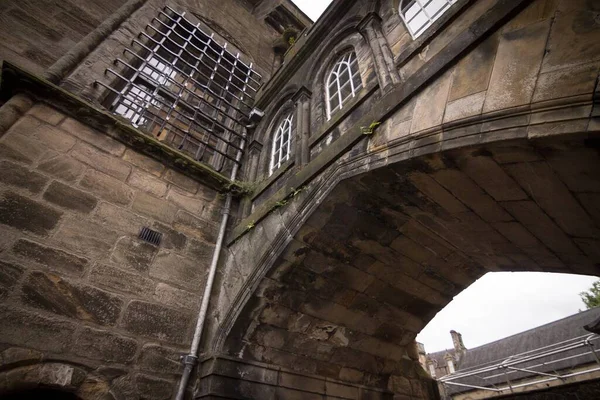
This preserved 17th-century street got sealed underground when new buildings were constructed above it. Today, you can walk through actual medieval homes, complete with furniture and personal belongings left behind.
It’s like stepping into a time capsule where you can almost hear the echoes of daily life from centuries ago.
Postojna Cave in Slovenia

A miniature train carries visitors deep into this 15-mile cave system that looks like nature’s own cathedral. The ancient formations here create an otherworldly landscape that took millions of years to develop.
The cave maintains cool temperatures year-round, providing natural relief from outside weather.
Škocjan Caves in Slovenia
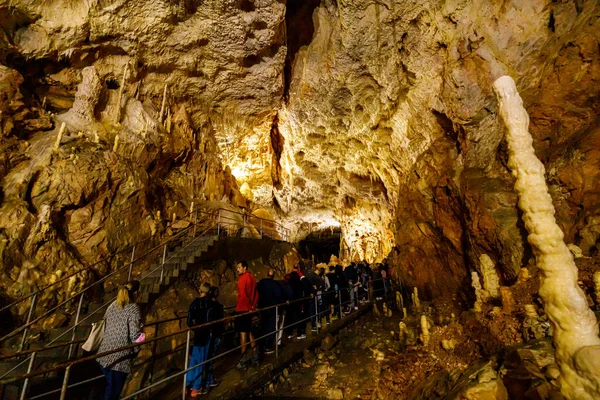
These caves house one of the world’s largest underground canyons, where you’ll cross bridges suspended 150 feet above rushing underground rivers. The sound of water echoing through massive chambers creates a natural symphony that no concert hall could replicate.
Walking through here feels like exploring the inside of a mountain’s digestive system.
Like Travel Pug’s content? Follow us on MSN.
Grotte di Castellana in Italy
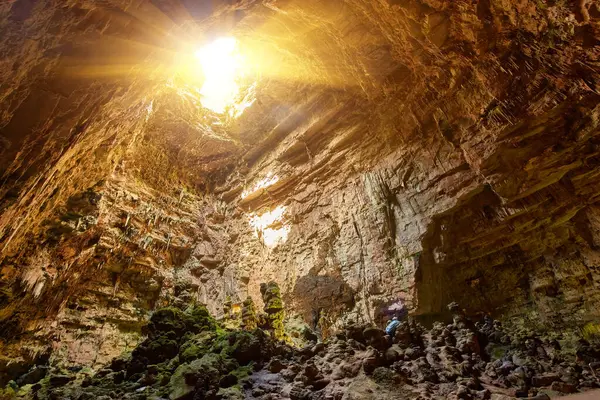
Southern Italy’s answer to underground wonder features chambers so large they could fit entire cathedrals inside them. The pure white formations in the White Cave gleam like fresh snow in the artificial lighting.
These caves prove that Italy’s artistic mastery extends even to what nature created millions of years before humans arrived.
Aggtelek Caves in Hungary
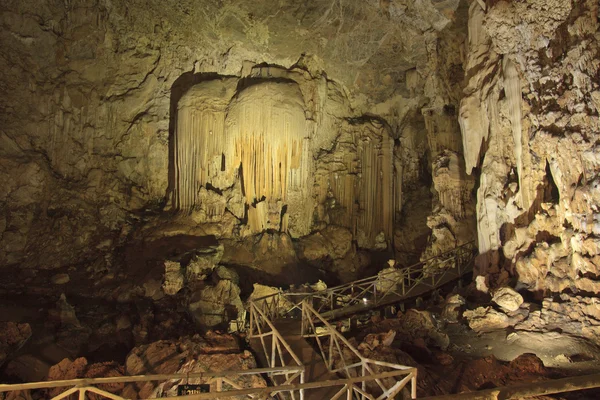
This cross-border cave system extends into Slovakia and offers some of Europe’s most pristine underground formations. The acoustic properties in certain chambers are so perfect that concerts are regularly held 200 feet underground.
It’s a natural concert hall that took millions of years to fine-tune its sound quality.
Blue Grotto in Capri, Italy
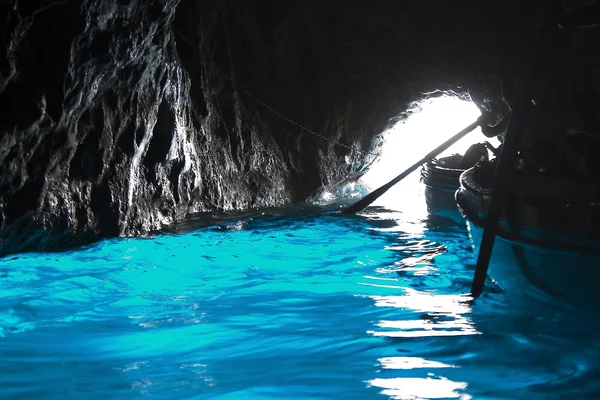
Sunlight filters through an underwater opening to illuminate this sea cave in ethereal blue light that seems almost supernatural. You’ll lie flat in a tiny rowboat to squeeze through the 3-foot entrance opening.
Once inside, the water glows like liquid sapphires in what feels like swimming inside a giant jewel.
Like Travel Pug’s content? Follow us on MSN.
Fingal’s Cave in Scotland
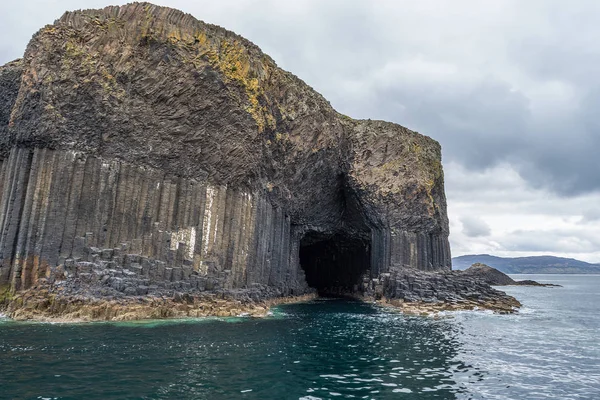
This sea cave on the uninhabited island of Staffa features perfectly hexagonal basalt columns that look like they were designed by a geometric architect. The cave inspired Mendelssohn’s famous overture after he visited it in 1829.
Getting there requires a boat trip, but the natural cathedral of stone columns makes the journey worthwhile.
Churchill War Rooms in London, England

Deep beneath Westminster, these preserved wartime bunkers show exactly where Britain’s leaders planned D-Day and coordinated the fight against Nazi Germany. Everything remains exactly as it was left in 1945, including half-finished cups of tea and war maps marked with colored pins.
Walking through these rooms feels like interrupting a crucial meeting that ended 80 years ago.
Underground City of Naours in France
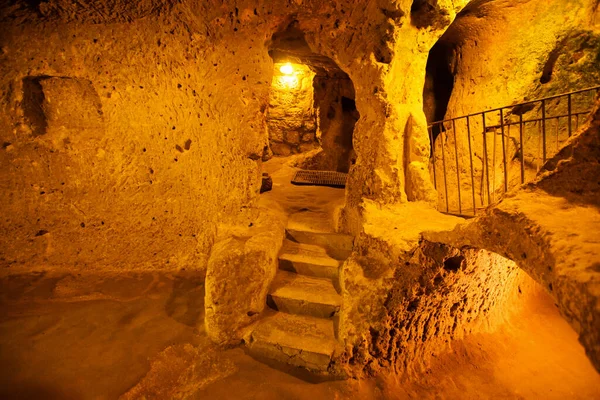
This sprawling network of tunnels housed up to 20,000 people during various wars and invasions over the centuries. The underground city includes bakeries, stables, and even schools carved into the chalk cliffs.
It’s basically a medieval disaster shelter that shows how creative people got when they needed to disappear from surface dangers.
Like Travel Pug’s content? Follow us on MSN.
Salina Turda in Romania
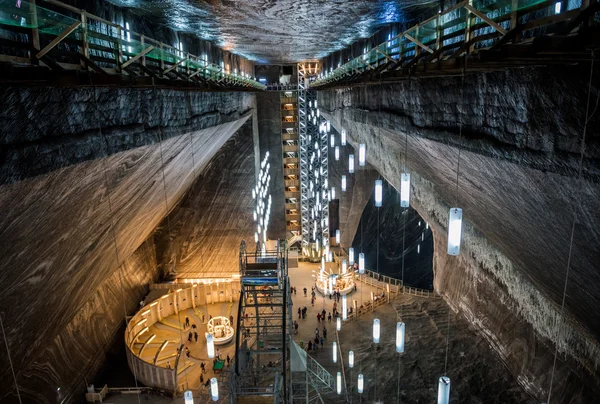
This former salt mine now operates as an underground amusement park complete with a Ferris wheel, mini golf, and a boating lake. The massive chambers were carved out over centuries of salt extraction, creating spaces large enough for modern recreational facilities.
It’s the only place where you can ride carnival rides 400 feet underground.
Predjama Castle caves in Slovenia
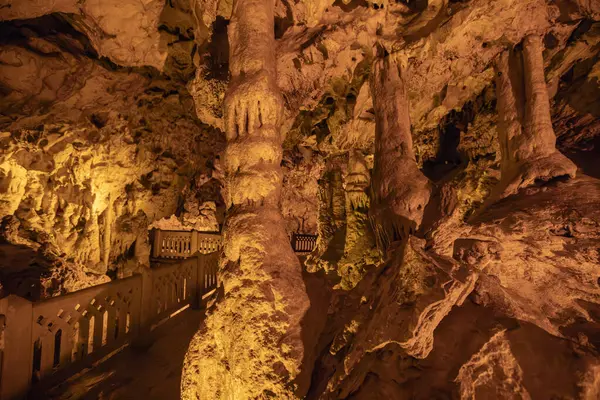
Behind this cliff-hanging castle lies a network of caves that provided secret escape routes for medieval knights. The most famous resident, knight Erazem, used these tunnels to smuggle supplies during a siege that lasted over a year.
Today, visitors can explore the same passages that helped a rebellious knight thumb his nose at imperial armies.
Sedlec Ossuary in the Czech Republic
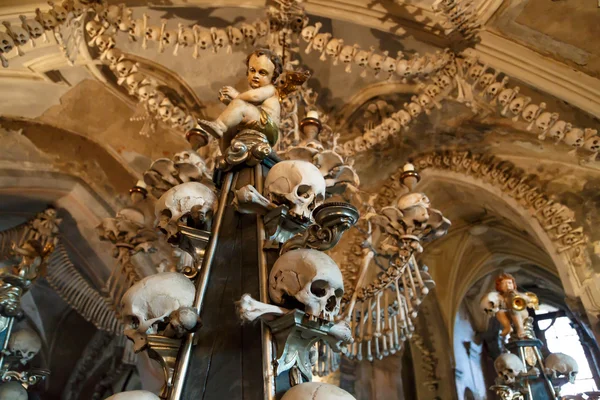
This small chapel displays the bones of 40,000 people arranged in elaborate decorative patterns, including chandeliers and family crests. A local woodcarver was hired in 1870 to organize the bones that had been stored in piles for centuries.
The result is the world’s most artistic approach to displaying human remains.
Like Travel Pug’s content? Follow us on MSN.
Prague brewery cellars in the Czech Republic
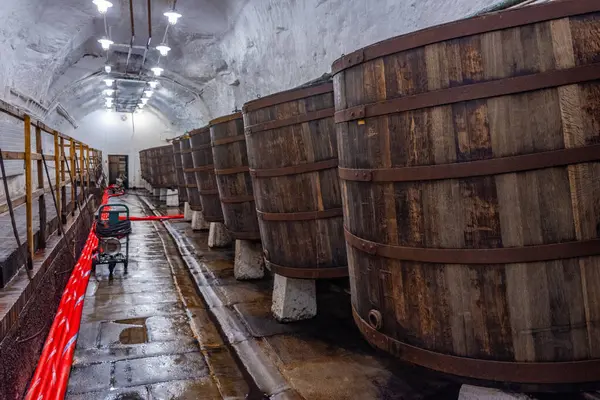
Medieval cellars beneath Prague’s old town still store beer using traditional methods that date back 500 years. These stone chambers maintain perfect temperatures for aging Czech lagers and pilsners.
Drinking beer in these cellars connects you directly to centuries of brewing tradition that helped make the Czech Republic famous for its excellent brews.
The Seegrotte underground lake in Austria
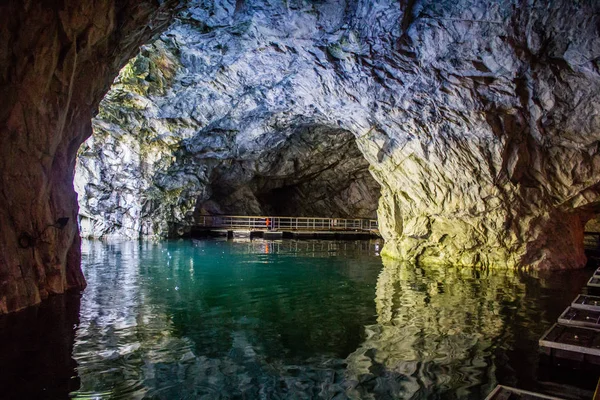
This former gypsum mine flooded to create Europe’s largest underground lake, where boat tours glide across mirror-still water surrounded by cathedral-like chambers. The lake is so clear and calm that it perfectly reflects the carved stone ceiling above.
It’s like rowing through an upside-down world where the floor is also the sky.
Lascaux cave replica in France
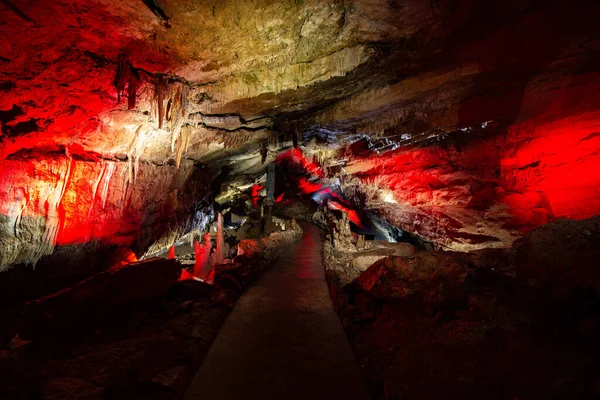
While the original prehistoric caves remain closed to protect ancient paintings, this replica preserves 17,000-year-old artwork that depicts horses, deer, and aurochs. Modern technology recreated every brushstroke and natural formation to preserve humanity’s earliest masterpieces.
Visiting here connects you to the first humans who decided their stories were worth preserving for future generations.
Like Travel Pug’s content? Follow us on MSN.
Underground thermal baths in Budapest, Hungary
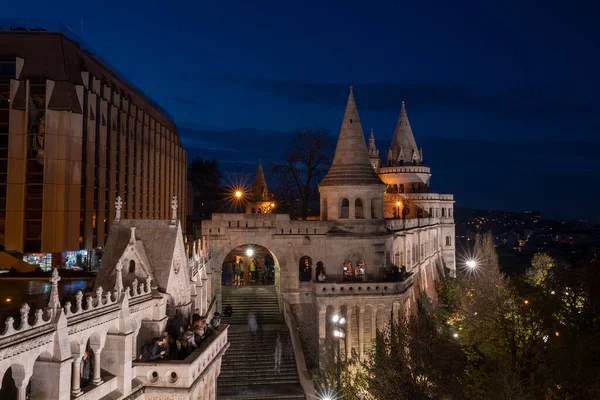
Natural hot springs feed elaborate underground bath complexes where Romans first soaked nearly 2,000 years ago. These subterranean pools maintain temperatures between 100-104°F year-round, fed by springs that rise from deep within the earth.
Relaxing in these waters connects you to an unbroken tradition of therapeutic bathing that spans two millennia.
Europe’s buried inheritance lives on
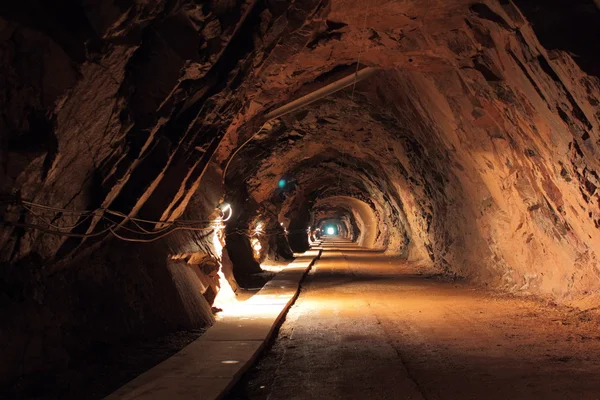
These subterranean sites are more than travel destinations—they’re time machines that keep European history in its purest state. While above-ground cities evolve with every generation, these hidden places retain their original shape, giving visitors a look into medieval times, ancient customs, and natural phenomena that took a million years to create.
Whimsically carved by human hands or sculpted by nature, Europe’s subterranean heritage still manages to amaze travelers who explore beneath the more than familiar surface to find the continent’s secret depths.
More from Travel Pug

- 20 Best Beach Towns in the Carolinas
- 13 Destinations Where Tourists Regularly Regret Their Trip
- 20 Things You Actually Get in First Class
- 20 Small Airports With Aviation Museums
- 20 Places in the U.S. That Are Perfect for a Reset Trip
Like Travel Pug’s content? Follow us on MSN.
